
Historical Places in Europe | 10 Interesting Places to Visit in Europe
Each city has its own distinct ambience and energy, which is influenced by a variety of factors. Neighborhood historic destinations are without a doubt one of the most important contributing factors to the overall quality of a city. There is no better continent for reenactors to visit than Europe. There are countless genuine fortunes scattered throughout the nations. Each has its own attraction and hypnotic origin story. If you’re planning a trip to Europe, these 10 most interesting historical places in Europe should help you get back on track.
Also Read : The Colosseum Rome, Italy’s Distinctive Signifier
10 Most Interesting Historical Places in Europe
There’s a reason why the vast majority of people refer to Europe as the Old Continent. Europe has had a long and amazing history, from the obnoxious traditions of the Roman Empire to the endless consequences of extraordinary global conflicts. Our list of the ten most interesting historical sites in Europe perfectly exemplifies the continent’s vast and diverse legacy.
- Alfama
- Normandy American Cemetary
- Meteora
- Eiffel Tower, Paris
- St. Peter’s Basilica, Vatican City
- Colosseum, Rome
- Basilica of the Sagrada Familia
- Acropolis of Athens
- The Great Pantheon
- Stonehenge, Britain
1. Alfama
The Alfama is Lisbon’s old quarter, a region overflowing with ornate chapels, palaces, and cloisters built around a maze of narrow streets and paths. The name is derived from the Arabic word al-Hamma, which means “hot aquifers/springs,” and denotes the foundations of the space during the time of Islamic rule on the Iberian Peninsula. The Moorish Castle of Sao Jorge looks down on the Alfama neighbourhood, which also houses the Museum of Decorative Arts, which is housed in a luxurious seventeenth-century condo.
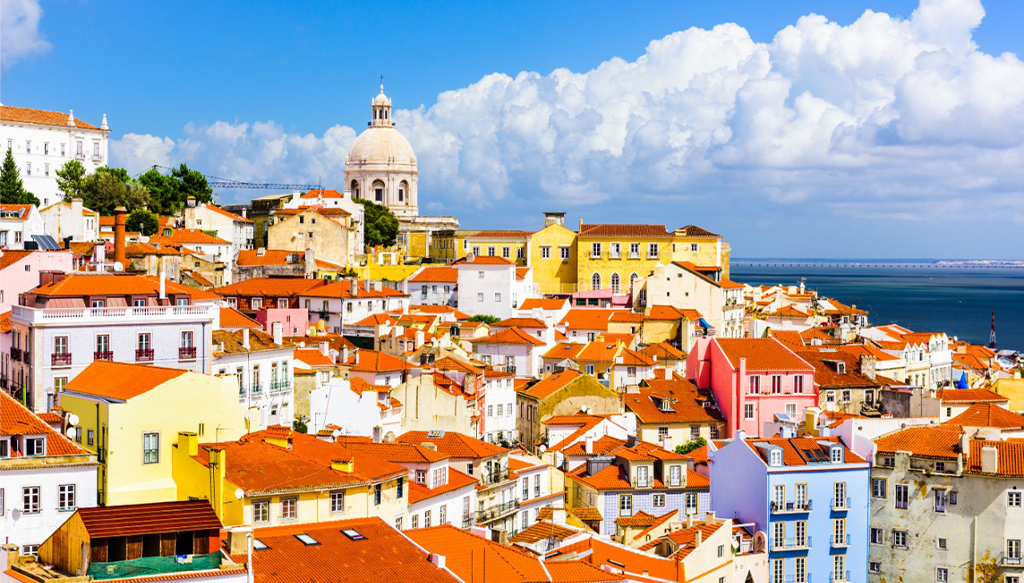
2. Normandy American Cemetary
The Normandy American Cemetery honours American soldiers who died in Europe during WWII. The majority of the 9,387 graves contain the remains of American fighters and military faculty who died during the D-Day landings. The crescent nursery east of the remembrance has 1,557 names engraved on the “Dividers of the Missing,” with rosettes indicating the names of those who have since been identified.
Also Check this: WWII: From Normandy To The Eagle’s Nest

3. Meteora
Meteora, also known as “suspended in the air,” is one of Greece’s largest and historically most significant Eastern Orthodox monastery buildings, and it is on the World Heritage List. This is a collection of religious communities that can be reached by slender flights of stairs cautiously cut into sharp sandstone bluffs. In the eleventh century, universal priests settled in this area, establishing 24 religious communities, six of which remain standing today. Wear appropriate footwear for the terrain. Similarly, when entering religious communities, dress up clothing that covers your knees and shoulders. It is one of the best historical places in Europe.
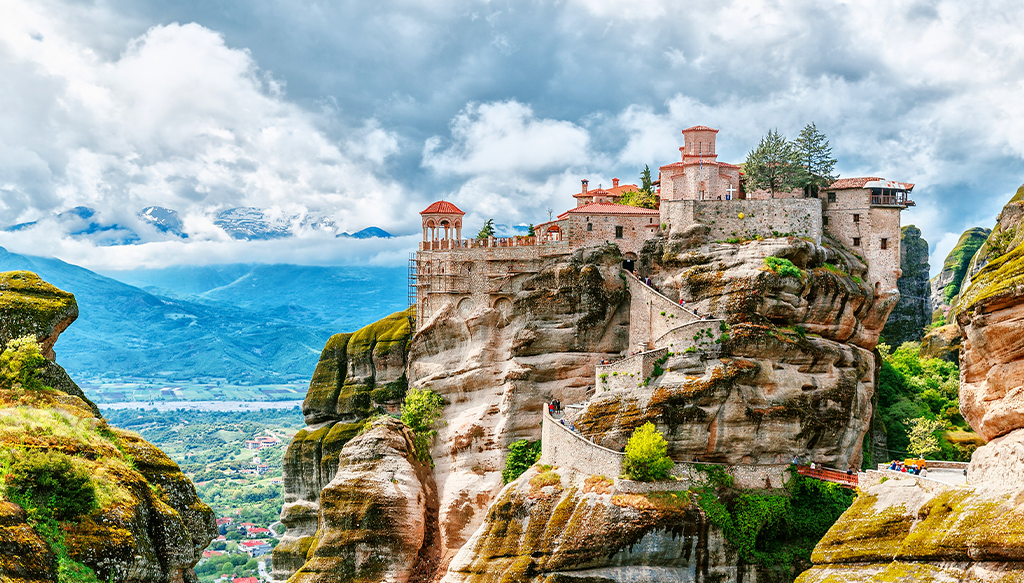
4. Eiffel Tower, Paris
The Eiffel Tower, also known as the Iron Woman, is a well-known symbol of the City of Lights. You’ve probably seen this apex in a slew of films, but seeing it for the first time will make you realise its immense scale and glory. Gustave Eiffel built the 325-meter (1,063-foot) tower in 1889, and it was the tallest structure on the planet for a long time. As you progress to the third level, recognise that you are now on the most elevated open observatory stage open to the general public in the entire European Union. On the first and second levels, dine in restaurants, shop in stores, and take in breathtaking city views.

5. St. Peter’s Basilica, Vatican City
St. Peter’s Basilica is not only one of the most reputable works of Renaissance design, but it is also one of the world’s largest churches. This monumental construction, which took around 120 years to complete, was planned by a few prominent Renaissance modellers, which include Michelangelo and Bernini. The mass grave place of Saint Peter, one of Jesus’ twelve messengers, is held in custom and solid chronicled display. Because of its location in the Vatican, the Pope oversees various presidencies held here on a regular basis, drawing crowds of up to 80,000 people.
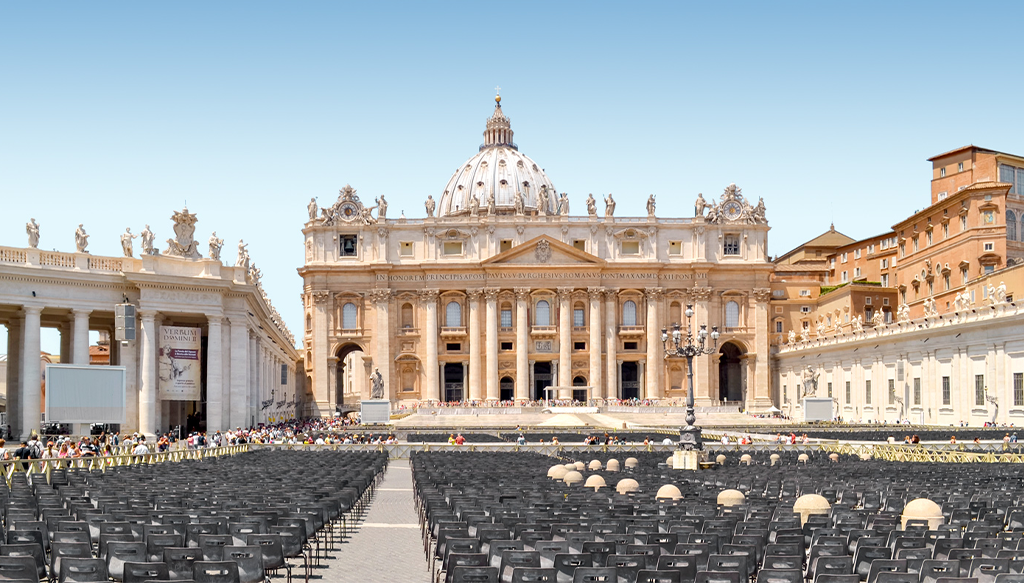
6. Colosseum, Rome
This Colosseum, which is a symbol of Italy on the majority of the European mainland, makes Rome the most famous city on the planet. It is the largest amphitheatre ever constructed. Furthermore, computations suggest that it could hold between 50,000 and 80,000 spectators, arranged by rank, who might have gathered there to witness gladiatorial challenges, creature chases, folklore-related plays, and various re-authorizations.
Also Read : The Maldives Under-Water Experience Is Certainly One-Of-A-Kind
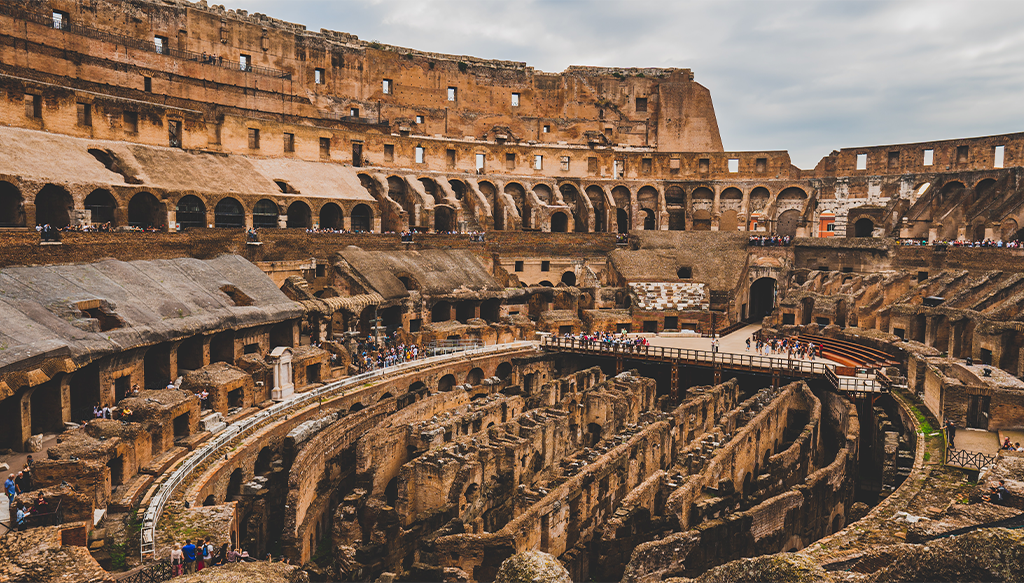
7. Basilica of the Sagrada Familia
The undisputed symbol of the city, the Basilica of the Sagrada Familia is an UNESCO World Heritage Site that astounds visitors with its sheer height and complexity of design. Antoni Gaud, one of Spain’s most renowned architects, designed this magnificent church. Despite the fact that Gaud designed some of the most moving structures in the country, this church is his most well-known work. The nave, tomb, exhibit hall, store, and two pinnacles are approached by visitors.
Also Read : We Must Discuss Cocoon Maldives! A Modern Sanctuary
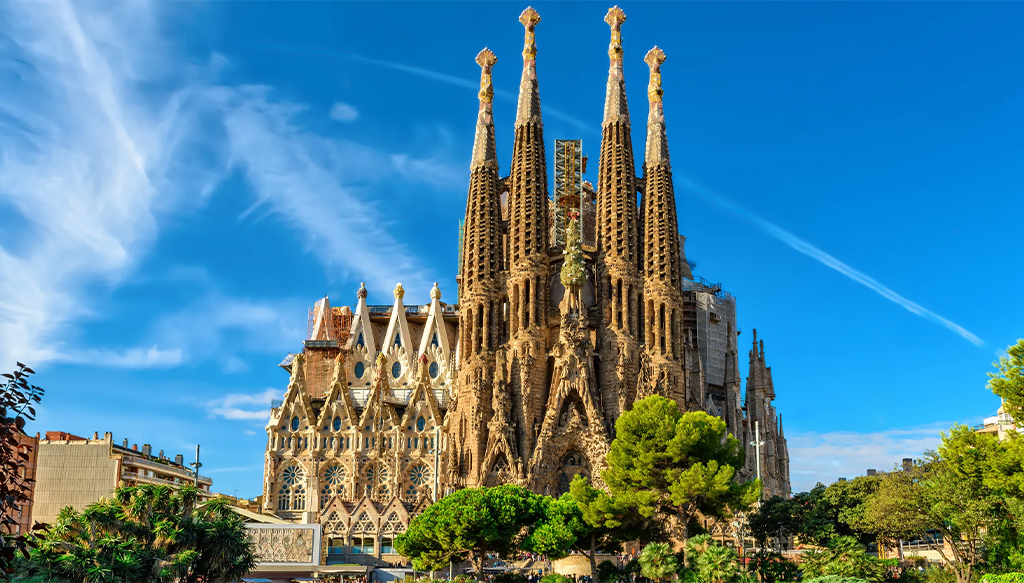
8. Acropolis of Athens
Welcome to the worlds largest most notable Greek Antiquity legacy! An ancient fortification built on a rocky outcrop overlooking Athens. In the flourishing post-Persian conflict from around year 500 BC, visual expressions, design, theory, and vote-based systems flourished enormously. The Acropolis is a world-famous historical landmark. It represents the suffering of early Modern civilization and the apotheosis of Ancient Greece.
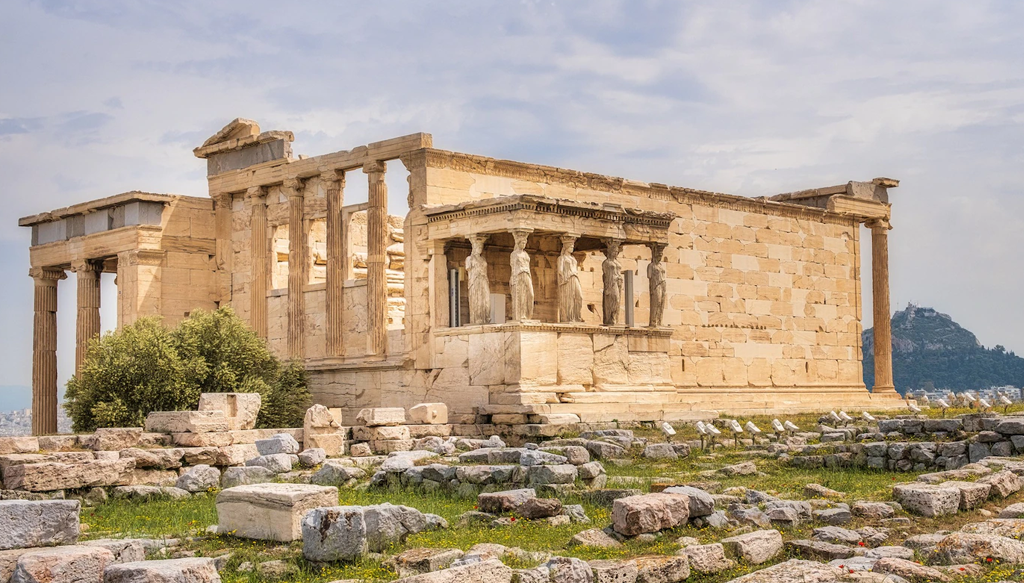
9. Pantheon, Rome
The Pantheon, which is nearly 2,000 years old, is the only structure from the Greco-Roman world that has largely remained unblemished and in inconsistent use throughout its long history. It is a marvel of antiquated engineering that boasts the world’s largest unreinforced substantial dome. Actually planned to be a sanctuary for all of Rome’s divine forces, the site has been used as a Roman Catholic church dedicated to St. Mary since the seventh century. The structure is made up of massive rock Corinthian segments.
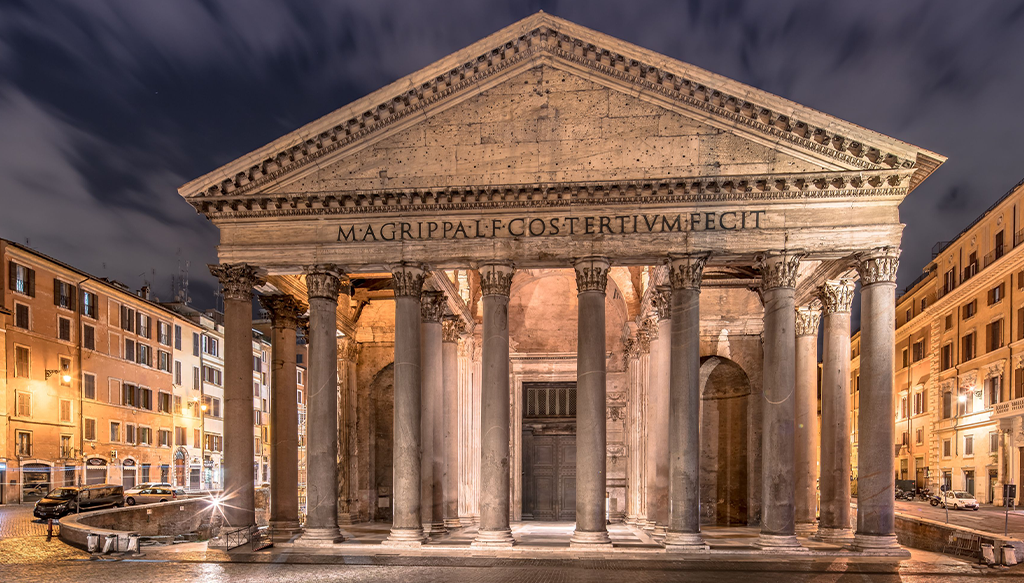
10. Stonehenge, Britain
Even 5,000 years after their construction, archaeologists can’t agree on what the standing stones of Stonehenge were used for or how precisely they became. What they do know is that the stones are unmistakably not spread out to catch the amazing sunbeams of the colder season and summer solstice, implying that they would have been the focal point of massive twice-yearly celebrations. Today, Stonehenge is the world’s most well-known prehistoric ancient landmark. It consistently invites a large number of people. It is one of the best historical places in Europe.
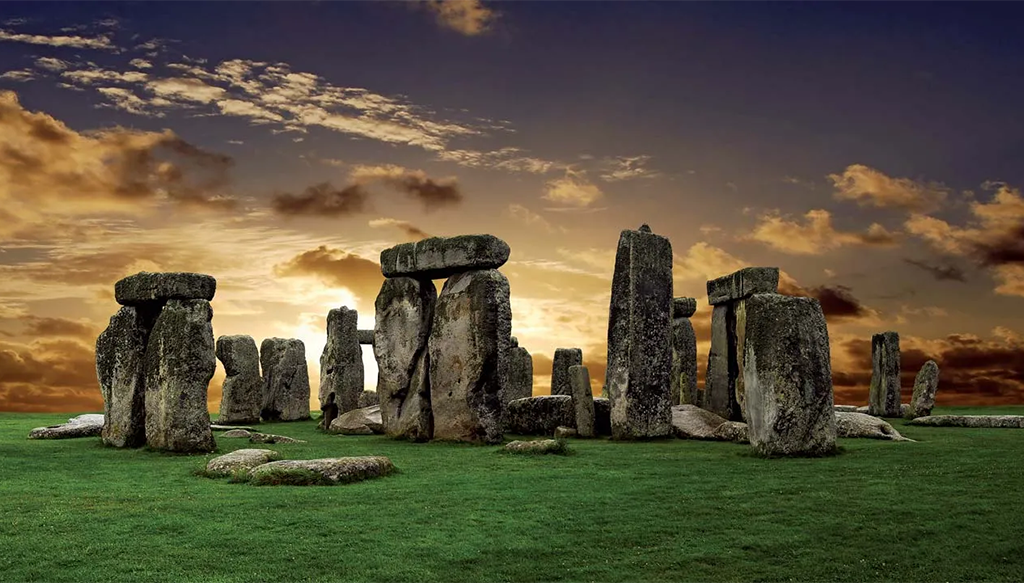
Have a look at some of our packages for Maldives
-
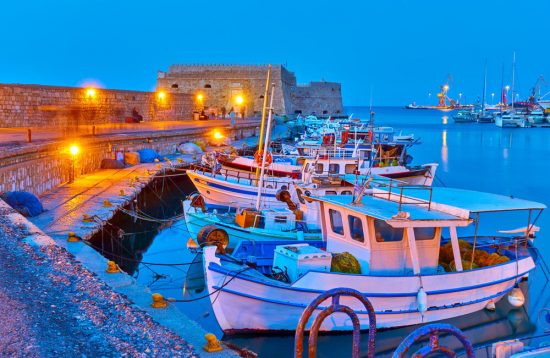 Crete Exclusive Sanctuaries
Crete Exclusive Sanctuaries -
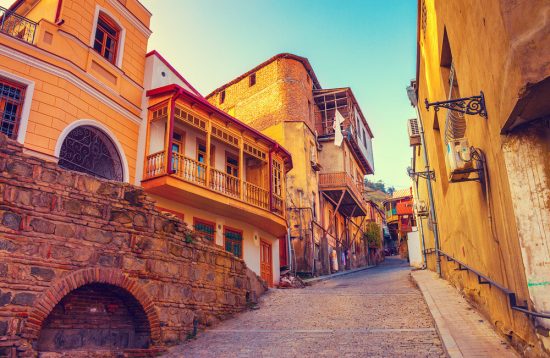 Oberammergau Passion Play 2022
Oberammergau Passion Play 2022 -
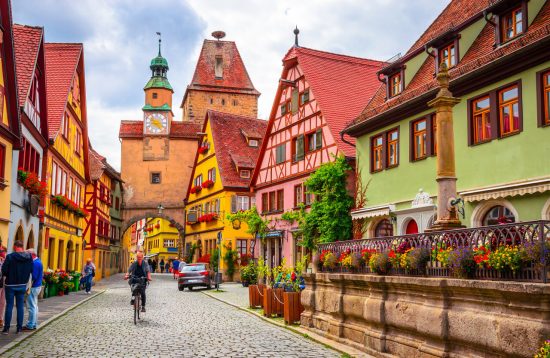 Germany Family Heritage Journey
Germany Family Heritage Journey -
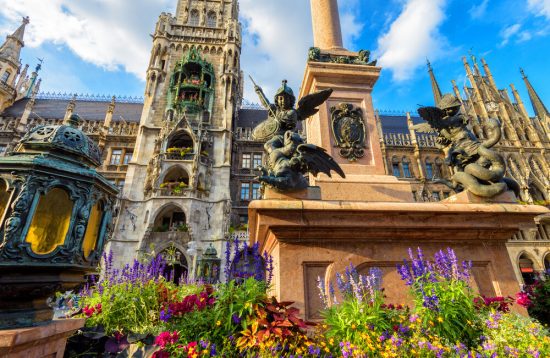 Oktoberfest
Oktoberfest -
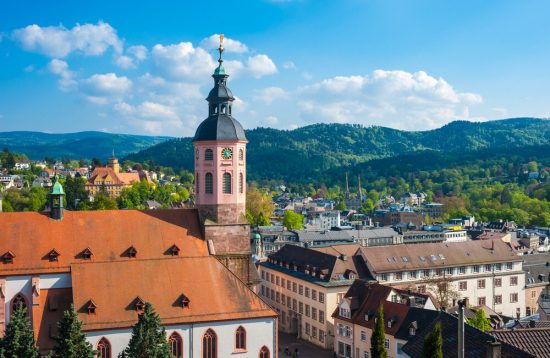 Exclusive Southern Germany – Foothills and Forests
Exclusive Southern Germany – Foothills and Forests -
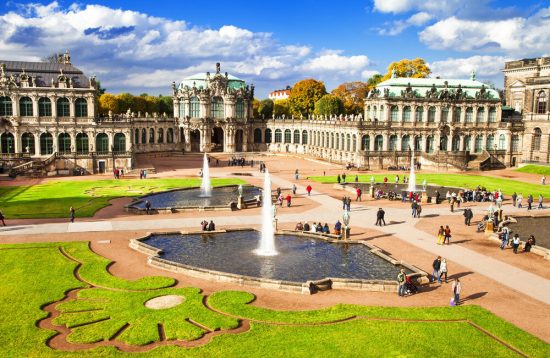 Exclusive Northern Germany
Exclusive Northern Germany -
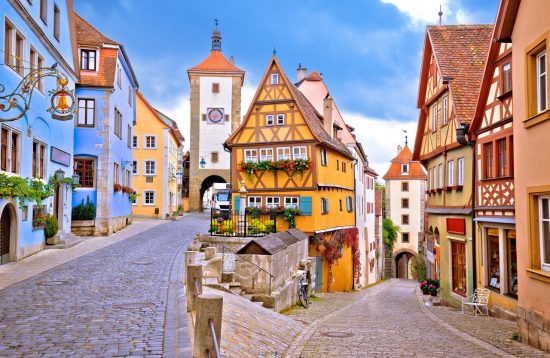 Along the Romantic Road
Along the Romantic Road -
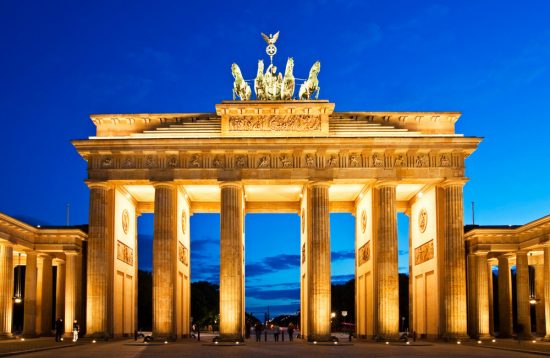 Christmas Markets of Germany
Christmas Markets of Germany -
 Castles and Wine of the Moselle and Rhine
Castles and Wine of the Moselle and Rhine -
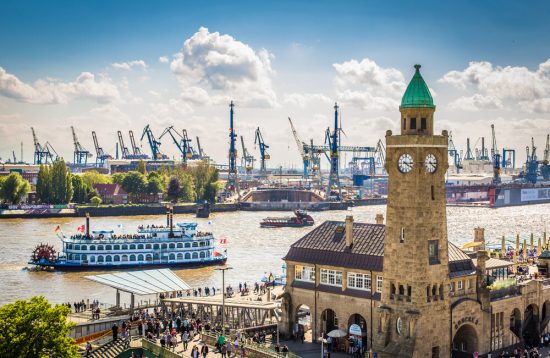 Journey Through Germany
Journey Through Germany -
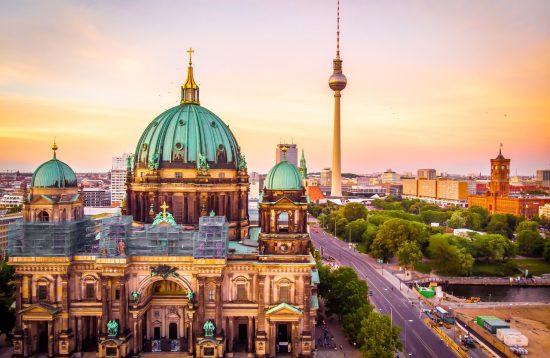 Berlin and Munich Explorer
Berlin and Munich Explorer -
 Treasures of Ageless England
Treasures of Ageless England -
 We’ll Meet Again (American Airfields in England)
We’ll Meet Again (American Airfields in England) -
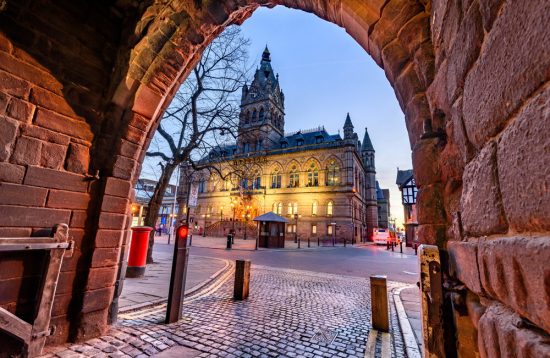 Luxury Through The Heart Of England
Luxury Through The Heart Of England -
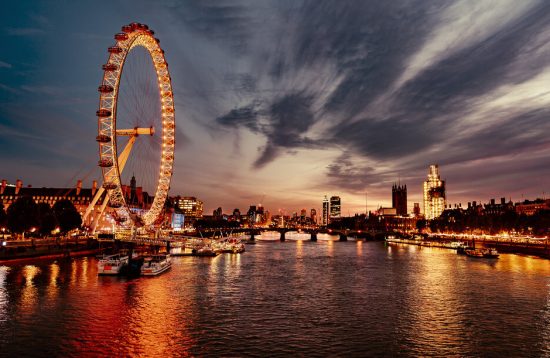 Cornwall Signature
Cornwall Signature -
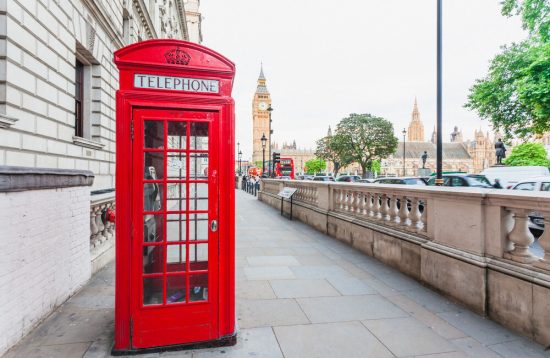 England Family Fun
England Family Fun -
 Southern England Heritage Journey
Southern England Heritage Journey -
 Cotswolds Signature
Cotswolds Signature -
 Quintessential England
Quintessential England -
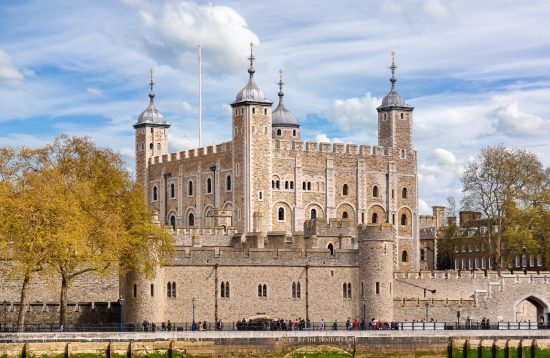 London, Bath & Stonehenge Explorer
London, Bath & Stonehenge Explorer -
 London Discovery
London Discovery -
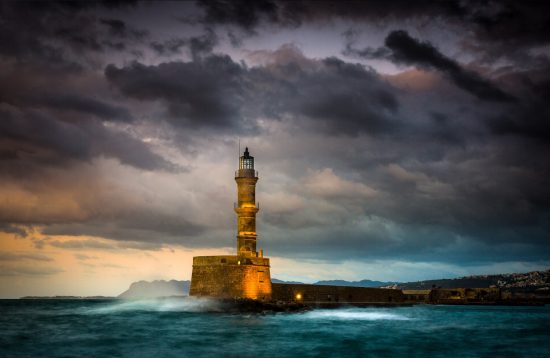 Greece Ultra Luxe: Santorini & Amanzoe
Greece Ultra Luxe: Santorini & Amanzoe -
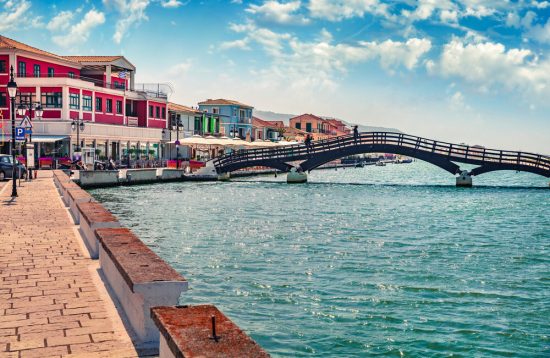 Sailing The Ionian Sea on a Luxury Catamaran
Sailing The Ionian Sea on a Luxury Catamaran -
 Exclusive Greek Island Hopping by Yacht
Exclusive Greek Island Hopping by Yacht

